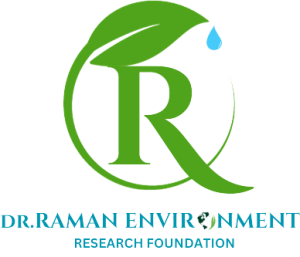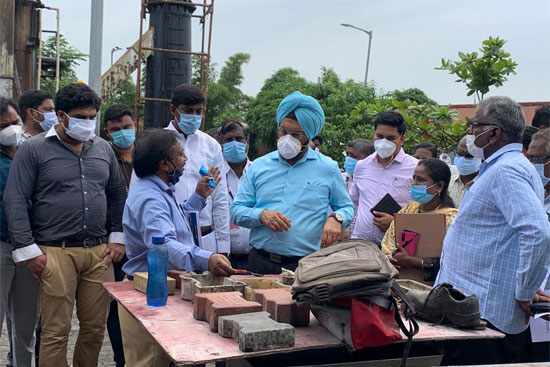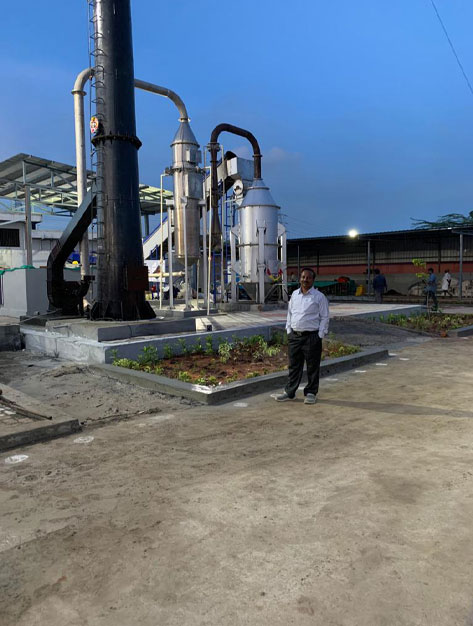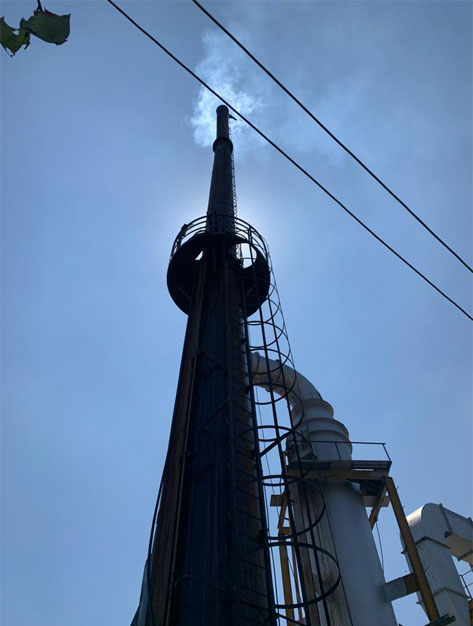Sustainable Municipal Solid waste management
The accumulation of a large amount of organic and municipal solid waste (MSW) is one of the most pressing ecological and economic problems of the modern world. Disposal of MSW in landfills results not only in removing valuable land for use but exposes surrounding areas to environmental hazards. After segregation the organic wastes are Converted into Manure, using bio culture. The average caloric value of the sorted waste is 2200-2900 kcal/kg which is comparable with the calorific value of peat. In our technology, the non bio degradable waste are subjected to combustion. After combustion, the wastes are converted into ash(Inorganic) and Smoke. Further using the state of art pollution control system carbon and other gases are extracted. To the ash few additives are added and converted into solid bricks, using special formulation. Bricks shall be used for any construction purpose. From smoke the activated carbon, extracted and used for various purpose including agriculture. This will lead to zero dump in the carbage yard, fulfilling WASTE TO ZERO WASTE concept
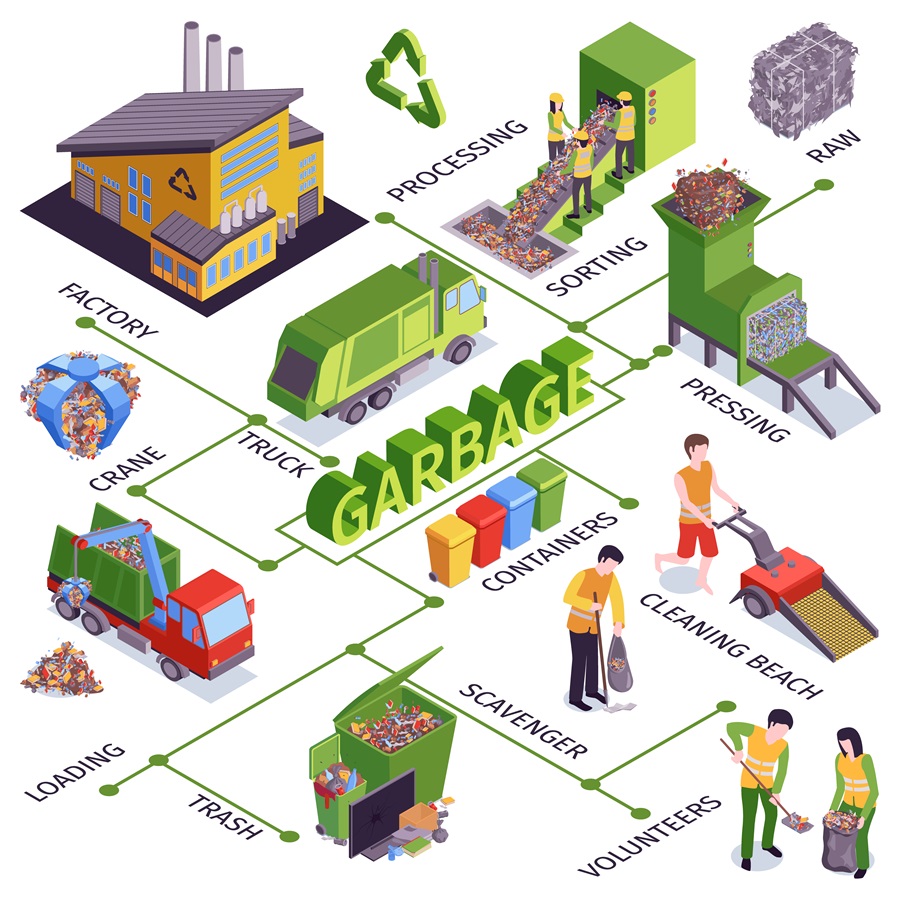
The accumulation of a large amount of organic and municipal solid waste (MSW) is one of the most pressing ecological and economic problems of the modern world. Disposal of MSW in landfills results not only in removing valuable land from use but exposes surrounding areas to environmental hazards. The average caloric value of the sorted waste is 2200-2900 kcal/kg which is comparable with the calorific value of peat in our technology, the non bio degradable waste or subjected to combustion. After combustion, the wastes are converted into ash(Inorganic) and Smoke. Further using the state of art pollution control system carbon and other gases are extracted. To ash few additives are added and being converted into solid bricks, using special formulation. Bricks shall be used for any construction purpose. From smoke the activated carbon, extracted and used for various purpose including agriculture. This will lead to zero dump in the carbage yard, fulfilling WASTE TO ZERO WASTE concept
Eco Friendly Incinerators (EFI) reduce the solid mass of the original waste by 80–85%.
Green Incineration
Incineration is a waste treatment process that involves the combustion of waste materials. Incineration and other high-temperature waste treatment systems are described as “thermal treatment”. Incineration of waste materials converts the waste into ash, flue gas and heat. The ash is mostly formed by the inorganic constituents of the waste, and may take the form of solid lumps or particulates carried by the flue gas. The flue gases must be cleaned of gaseous and particulate pollutants before they are dispersed into the atmosphere.
There is an emerging need for an Eco friendly incinerator (EFI) with pollution control systems for solid waste disposal without the use of any external fuel and zero waste discharge.

Mini Napkin Green Incinerator
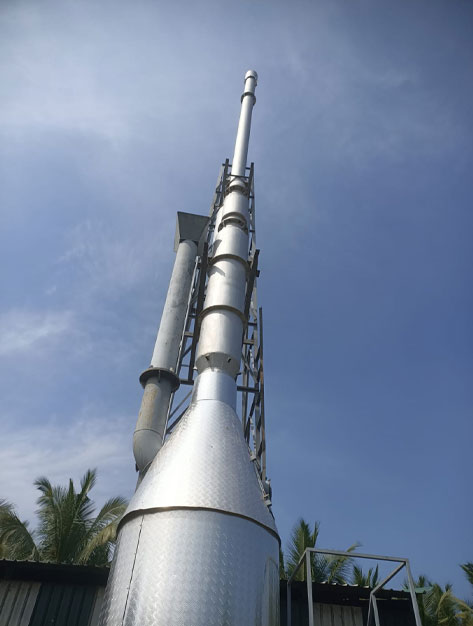
Mini Incinerator
Management of Municipal Wet Waste
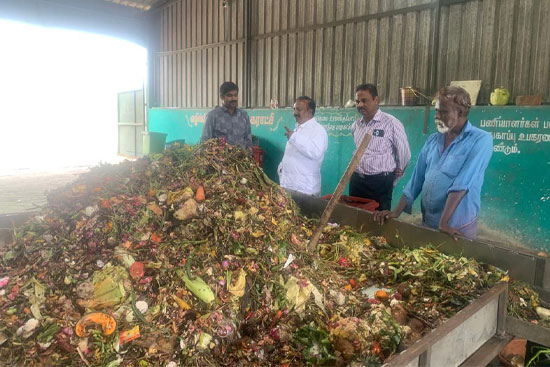
(Day 1) Corporations Vegatables waste management plants @ malumachampatty, Coimbatore
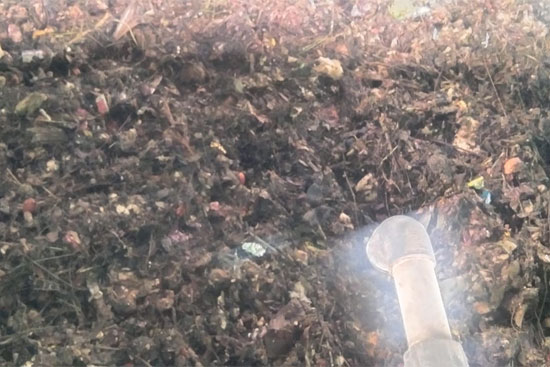
(Day 3) Corporations Vegatables waste management plants @ malumachampatty, Coimbatore

(Day 20) Corporations Vegatables waste management plants @ malumachampatty, Coimbatore
(Day 3) Corporations Vegatables waste management plants @ malumachampatty, Coimbatore
Total solution to MUNICIPAL SOLID WASTES:
- To provide a system for solid waste disposal with pollution control systems resulting zero waste discharge.
- The entire assembly consisting of a shredding/ segregation unit, incineration block, filtration pollution control block & Brick molding block.
- The main advantages includes no external fuel, a design of shredder for rapid burning of garbage , the unique design of nozzles inject air in particular ratio for good combustion, recovery of activated carbon from smoke, production of solid bricks from ash produced after incineration.
Thus total solution shall be given to MUNICIPAL SOLID WASTES:
- To provide a system for solid waste disposal with pollution control systems resulting zero waste discharge.
- The entire assembly consisting of a shredding/ segregation unit, incineration block, filtration and pollution control block, Brick moldingblock as a whole in one unit is a totally novel system as the very purpose of waste to wealth is achieved in one go, with very little resources and with very high efficiency.
- The main advantages over prior art / technology are that this technology / process uses no external fuel, a design of shredder for rapid burning of garbage , the unique design of nozzles inject air in particular ratio for good combustion, recovery of activated carbon from smoke, production of solid bricks from ash produced after incineration.
2. Crematoruim

Cremation is a process that uses intense heat to turn the remains of a person who has died into ashes. The cremation process takes place in a specially-designed cremation chamber which holds one deceased person and exposes them to intense heat for a period of around two hours.
While a crematorium can be any place containing a cremator, modern crematoria are designed to serve a number of purposes. As well as being a place for the practical but dignified disposal of dead bodies, they must also serve the emotional and spiritual needs of the mourners.
The design of a crematorium is often heavily influenced by the funeral customs of its country. For example, crematoria in some countries are designed with a separation between the funeral and cremation facilities, as it is not customary for mourners to witness the coffin being placed in the cremator. To provide a substitute for the traditional ritual of seeing the coffin descend into a grave, they incorporate a mechanism for removing the coffin from sight. On the other hand, in other countries, mourners will watch the coffin enter the cremator, then will return after the cremation for the custom of picking the bones from the ashes.
Process
- Human body usually contains a negative caloric value, meaning that energy is required to combust it. This is a result of the high water content; all water must be vaporized which requires a very large amount of thermal energy.
- A 68 kg (150 lbs) body which contains 65% water will require 100 MJ of thermal energy before any combustion will take place. 100 MJ is approximately equivalent to 3 m3 (105 ft3) of natural gas, or 3 liters of fuel oil (0.8 US gallons). Additional energy is necessary to make up for the heat capacity ("preheating") of the furnace, fuel burned for emissions control, and heat losses through the insulation and in the flue gases.
- As a result, crematories are most often heated by burners fueled by natural gas. LPG (propane/butane) or fuel oil may be used where natural gas is not available. These burners can range in power from 150 to 400 kilowatts (0.51 to 1.4 million British thermal units per hour).
- Crematories heated by electricity also exist in India, where electric heating elements bring about cremation without the direct application of flame to the body.
- Coal, coke, and wood were used in the past, heating the chambers from below (like a cooking pot). This resulted in an indirect heat and prevented mixing of ash from the fuel with ash from the body. The term retort when applied to cremation furnaces originally referred to this design.
STAGES
Combustion system
A typical unit contains a primary and secondary combustion chamber. These chambers are lined with a refractory brick designed to withstand the high temperatures.
The primary chamber contains the body – one at a time usually contained in some type of combustible casket or container. This chamber has at least one burner to provide the heat which vaporizes the water content of the body and aids in combustion of the organic portion. A large door exists to load the body container. Temperature in the primary chamber is typically between 760–980 °C (1,400–1,800 °F).[13] Higher temperatures speed cremation but consume more energy, generate more nitric oxide, and accelerate spalling of the furnace’s refractory lining.
The secondary chamber may be at the rear or above the primary chamber. A secondary burner(s) fires into this chamber, oxidizing any organic material which passes from the primary chamber. This acts as a method of pollution control to eliminate the emission of odors and smoke. The secondary chamber typically operates at a temperature greater than 900 °C (1,650 °F).
Air pollution control and energy recovery

The flue gases from the secondary chamber are usually vented to the atmosphere through a refractory-lined flue. They are at a very high temperature, and interest in recovering this thermal energy e.g. for space heating of the funeral chapel, or other facilities or for distribution into local district heating networks has arisen in recent years. Such heat recovery efforts have been viewed in both a positive and negative light by the public.
In addition, filtration systems (baghouses) are being applied to crematories in many countries. Activated carbon adsorption is being considered for mercury abatement (as a result of dental amalgam). Much of this technology is borrowed from the waste incineration industry on a scaled-down basis. With the rise in the use of cremation in Western nations where amalgam has been used liberally in dental restorations, mercury has been a growing concern.
In other hand, pollution control system include water scrubbers (venture and wet), blower, adsorption column etc.,
Automation
The application of computer control has allowed cremators to be more automated, in that temperature and oxygen sensors within the unit along with pre-programmed algorithms based upon the weight of the deceased allow the unit to operate with less user intervention. Such computer systems may also streamline recordkeeping requirements for tracking, environmental, and maintenance purposes.
Time required
The time to carry out a cremation can vary from 70 minutes to 210 minutes. Cremators used to run on timers (some still do) and one would have to determine the weight of the body therefore calculating how long the body has to be cremated for and set the timers accordingly. Other types of crematories merely have a start and a stop function for the cremation displayed on the user interface. The end of the cremation must be judged by the operator who in turn stops the cremation process.
